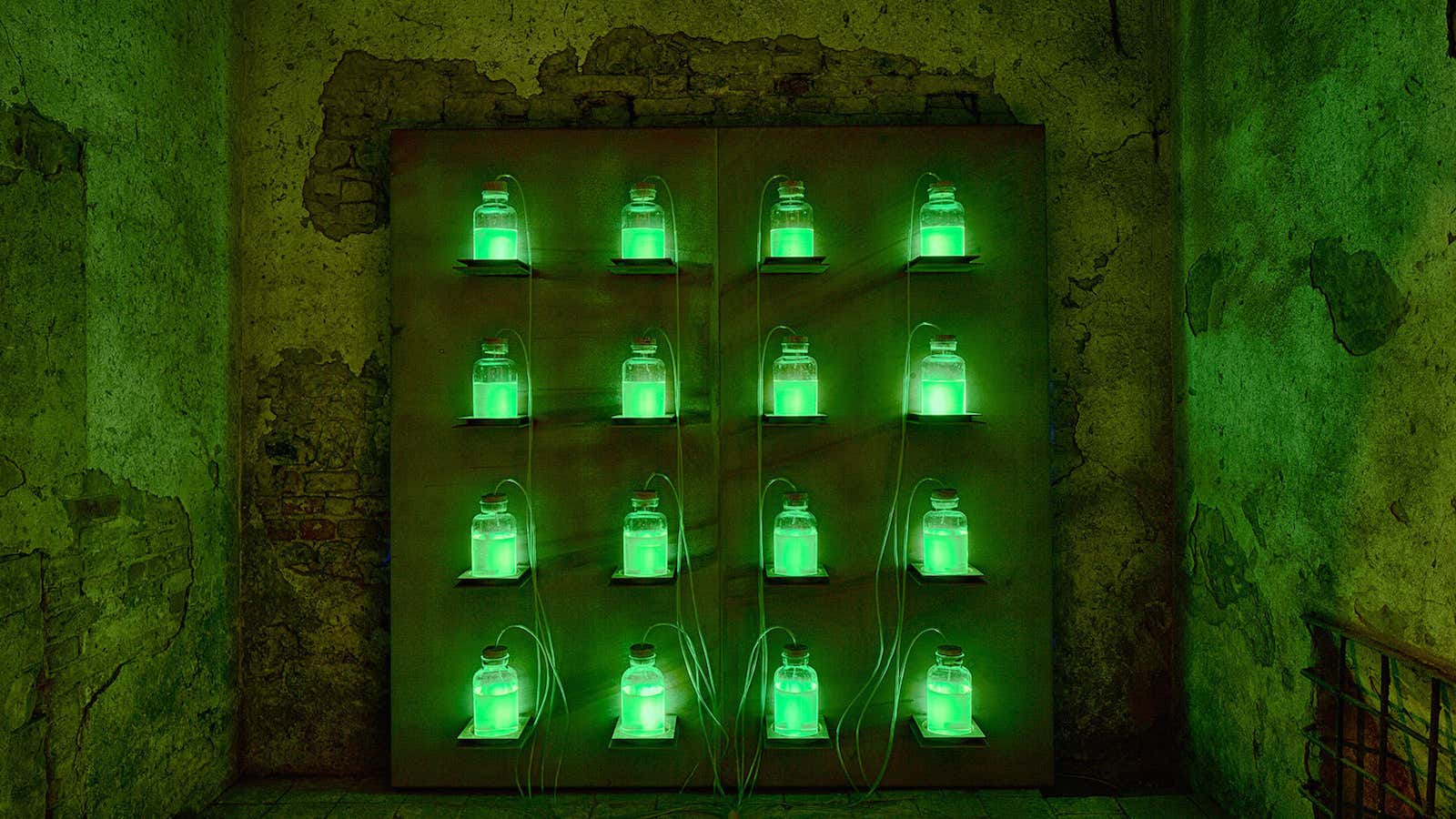Like most people, Gianantonio Locatelli—farmer, art collector, visionary—is not naturally drawn to shit. Castelbosco, his farm in the lush pastures south-west of Piacenza, northern Italy, produces dairy almost exclusively for Grana Padano cheese. Every day, enough milk flows from his 2,500 cows to make more than 130 rich, nutty wheels of the stuff.
The cows also excrete a vast amount of shit—at least 30 kilos per day. Taken together, their daily dung deposit would fill a school classroom from floor to ceiling, and weigh so much that if it was loaded onto a Boeing 737, the plane would never get off the runway.
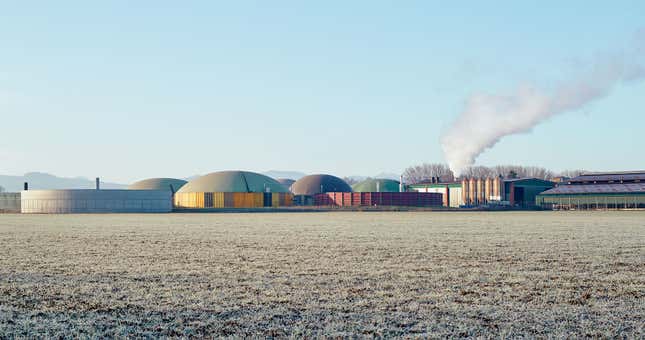
Locally, disposing of industrial levels of farm waste can be a major problem. Globally, it is an existential threat. In 2008, Locatelli did what smart farmers do, and installed a biogas generator to turn methane from the excrement into electricity, but this still left him with huge quantities of de-methanated crap.
In a pioneering application of new technology, he began extracting urea from the waste to make plastic (otherwise made from crude oil), and using leftover slurry to make 90-percent-dung, construction-grade bricks, playfully dubbed “merdacotta,” instead of terracotta. Even the water piped around his machinery to keep it cool is being recycled, diverted to heat an entire village nearby.
Rather than leave this new poop factory as an eyesore on the Italian landscape, Locatelli then commissioned major British artist David Tremlett in 2011 to turn the site into monumental art works. Not long after that, a chat with architect Luca Cipelletti marked the birth of Museo della Merda—The Shit Museum—a public display at the farm showcasing its ground-breaking system of sustainable agriculture.

“Anyone can come and see how shit is transformed into energy, urea, plastic, bricks,” Cipelletti tells Quartz. “The point is to transform every part of the material in order to arrive at zero—where there’s no waste.”
Spread across nine rooms, each chamber of Museo della Merda hosts sculpted, stylised, or otherwise reimagined shit in installations addressed, in a fairly free way, to waste and transformation. In keeping with this latter theme, the exhibits are all temporary, but at the museum’s opening on April 27, 2015, a striking installation by Alberto Pasetti gave a taste of things to come. In a darkened room, shelves of green jars glow against one wall, illuminated by genetically engineered bioluminescent bacteria, fed by methane gas: biological, artifical light.
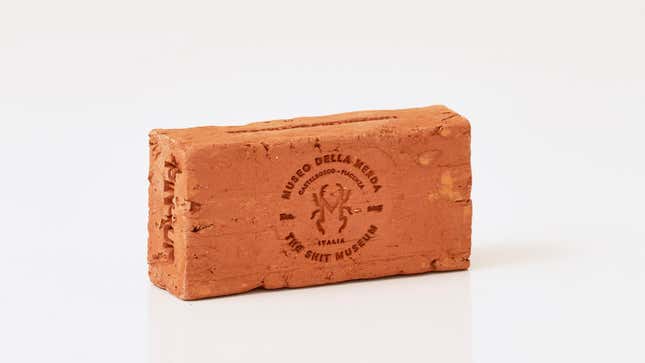
Cipeletti says he wants Locatelli’s museum to be a place where “we push the subject”, but a poo is a many-splendored thing, and the Museo della Merda is taking on a vast topic.
Shit, though no one wants to think about it, is one of the biggest issues facing the world today. A child dies every 15 seconds due to a lack of adequate sanitation, diarrhoea caused by ingesting feces is a bigger killer than HIV/AIDS, tuberculosis and measels combined, and almost two-thirds of people alive today have no access to a toilet. Perhaps Locatelli’s “zero-waste” system could be applied to human shit to the same smart, ecological effect, but sewer systems are all designed to mix shit with other toxic chemical waste and blow it out to sea.
Perhaps the only place in the world where sustainable thinking about shit has been applied is in Rwandan prisons, where inmates cook and grow all their food using biogas and fertiliser made from their own excrement.
First things first. “We’re not so pretentious that we want to solve everything,” says Cipelletti. “The most important thing is to create consciousness about the subject – that this stuff is not waste. Then we can study how to reuse human shit.”
So when will the museum’s toilet connect to the biogas digester? Cipelletti laughs: “the toilet is super normal.” For the moment, at least.
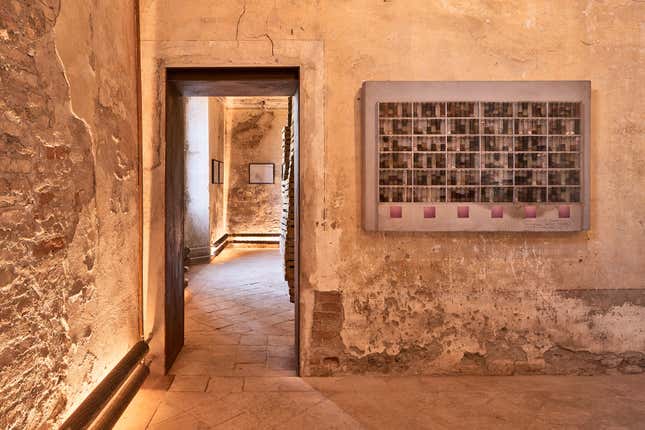
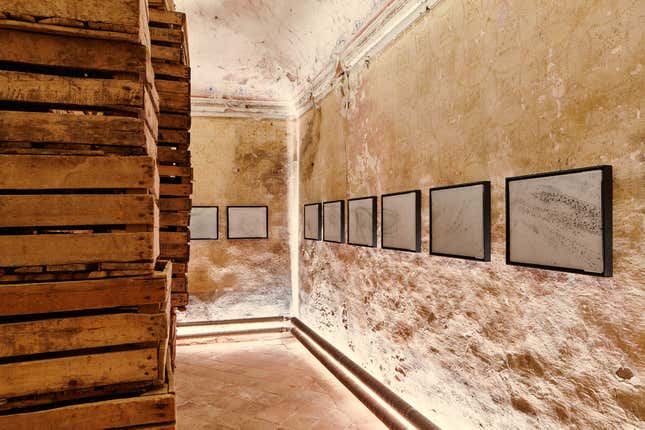
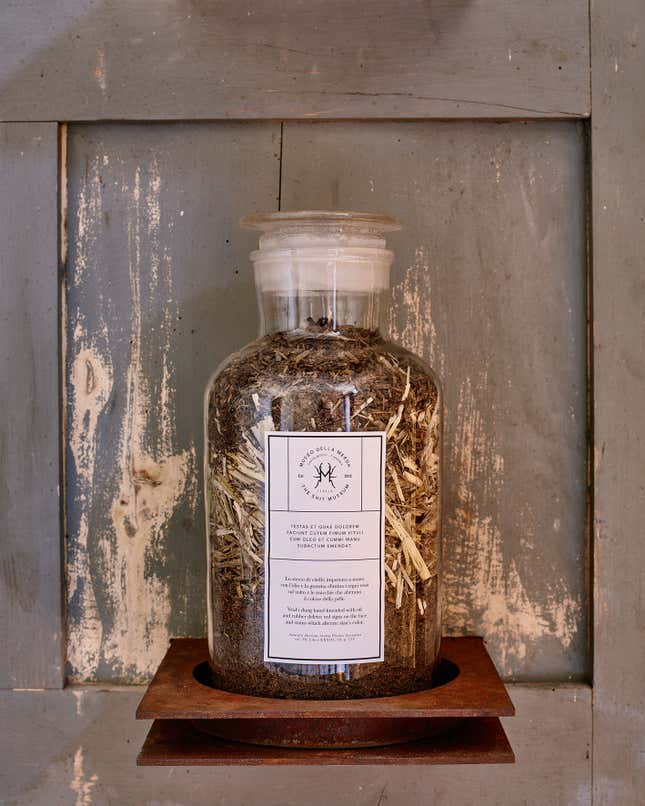
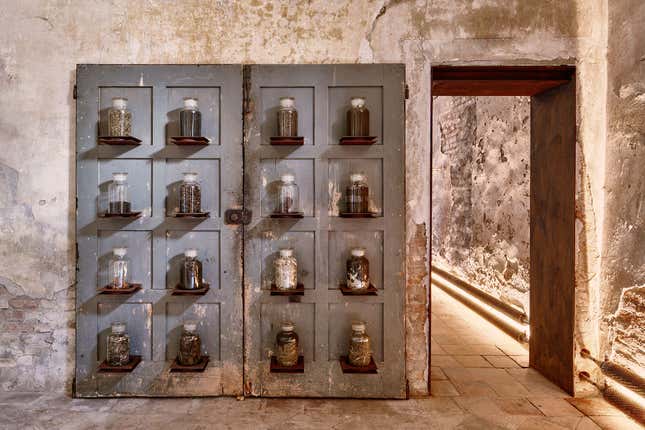
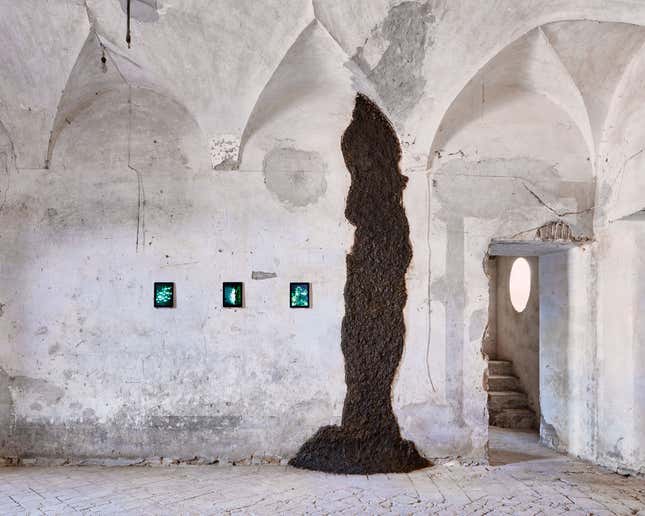


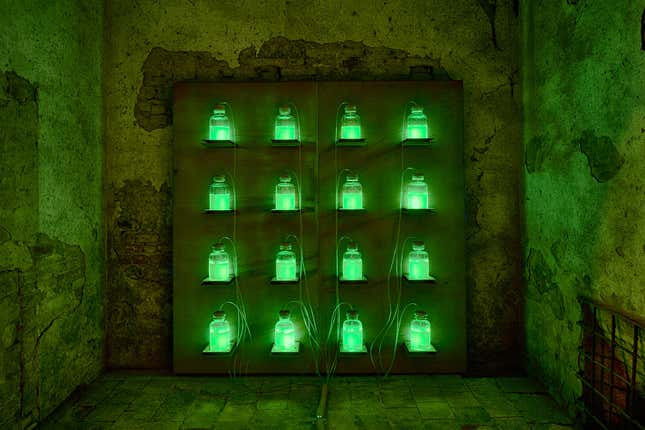
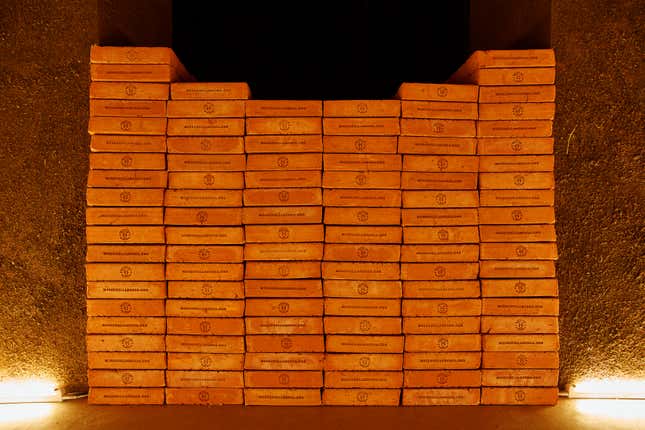
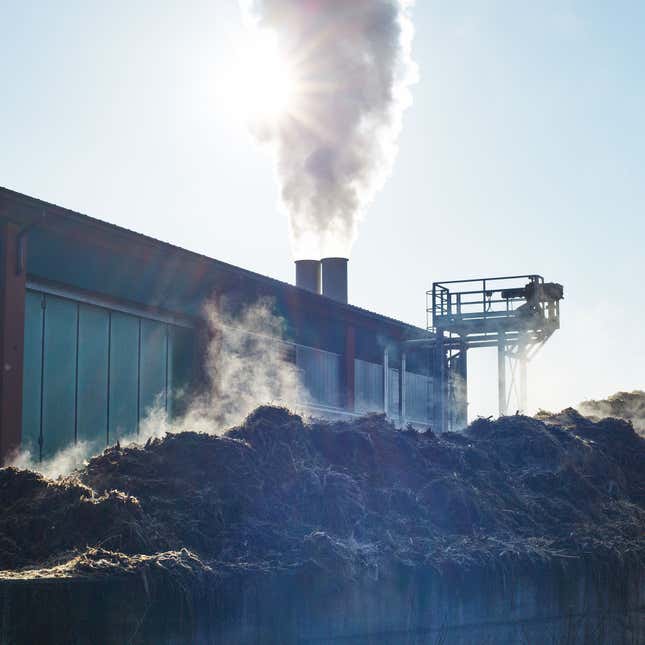
The Museo della Merda is open for guided tours every Saturday and Sunday by appointment until end August 2015.
